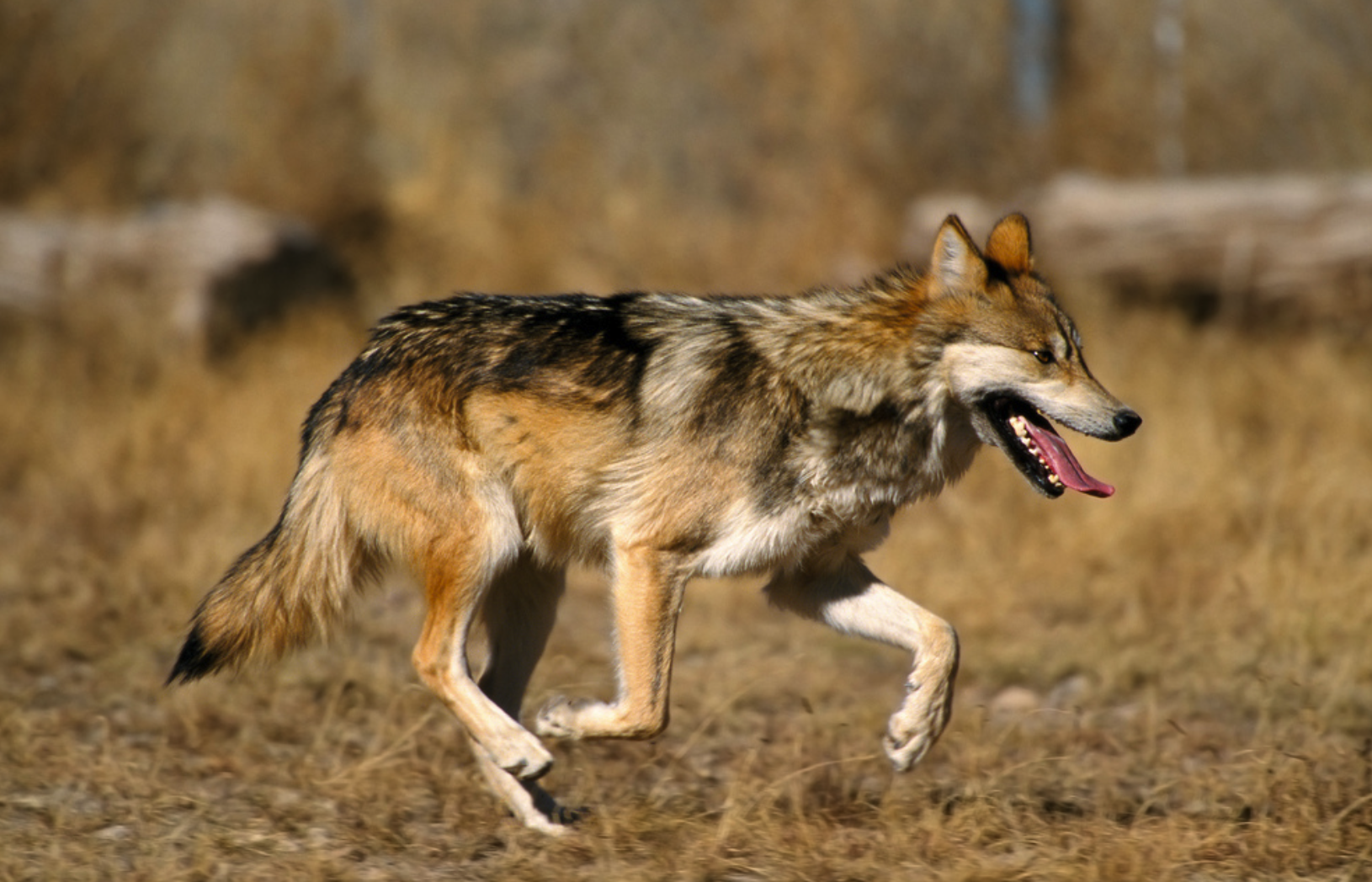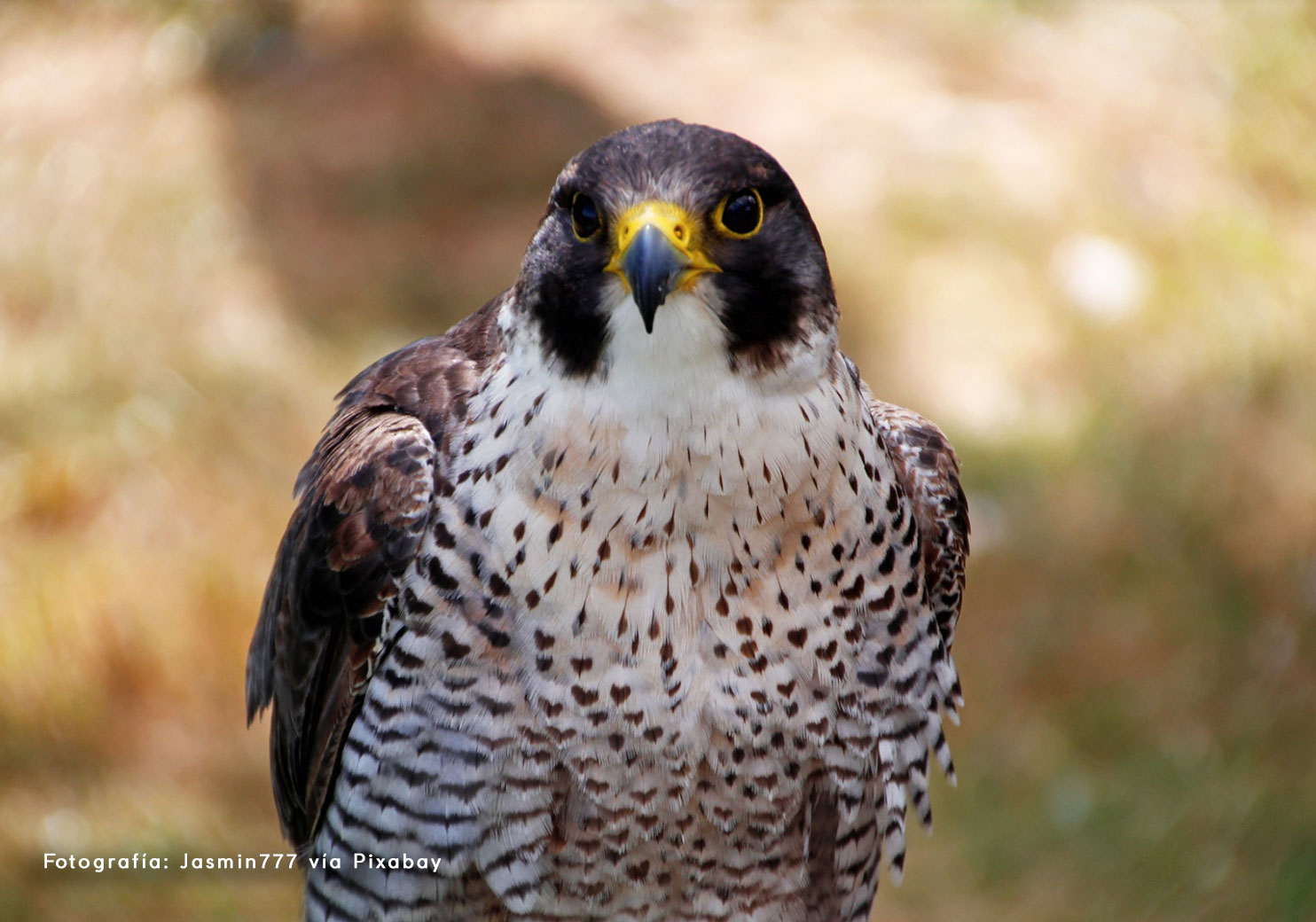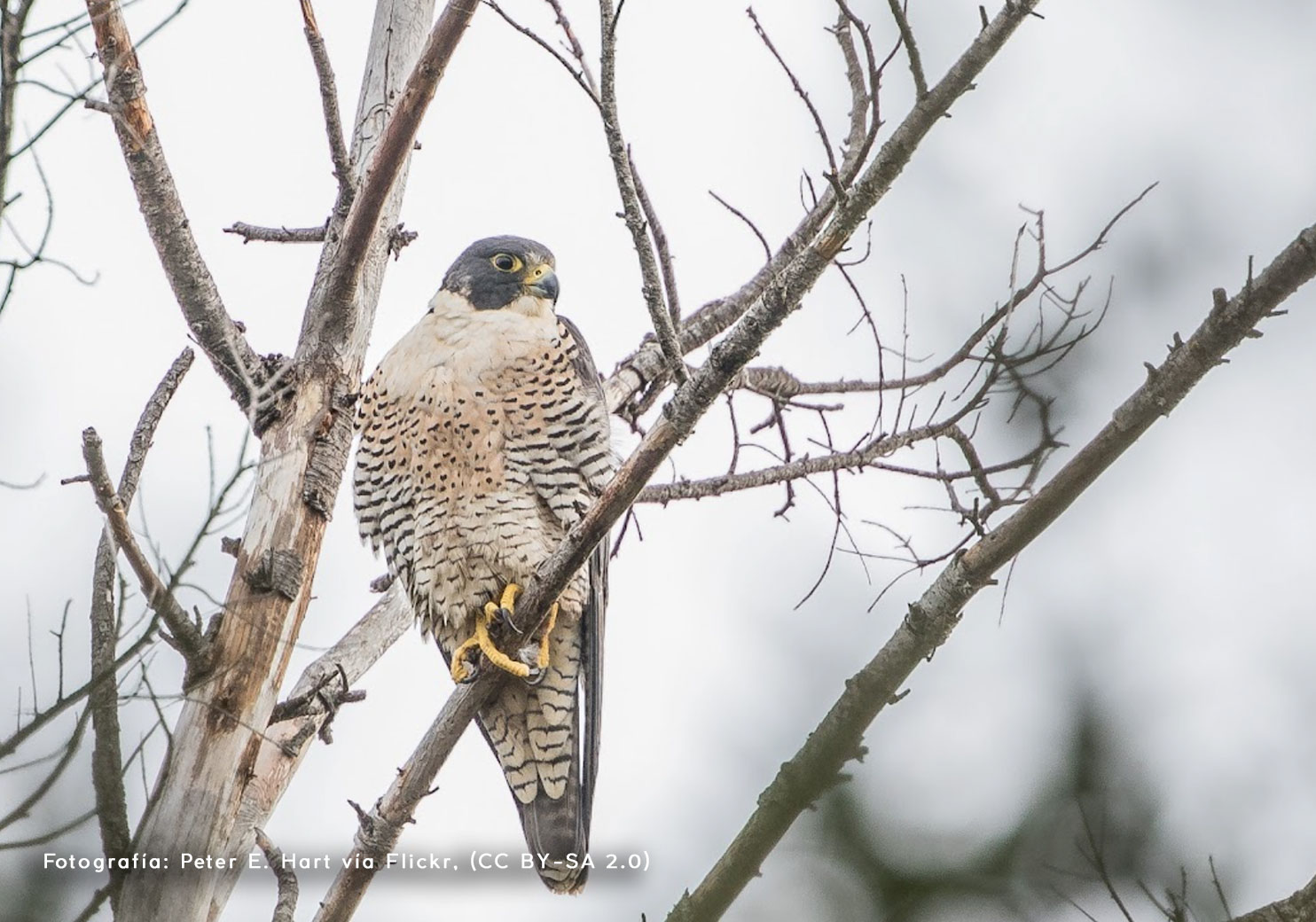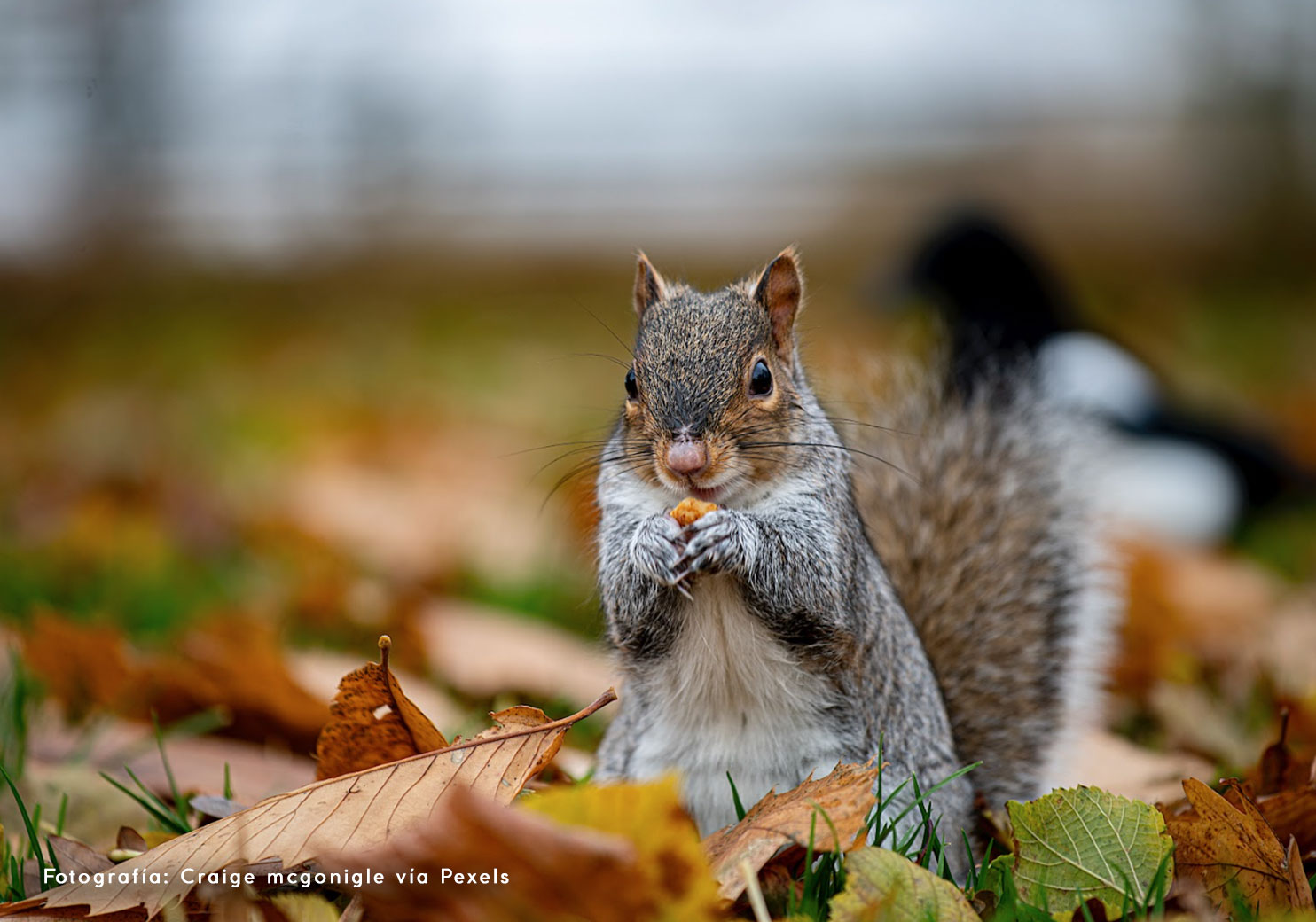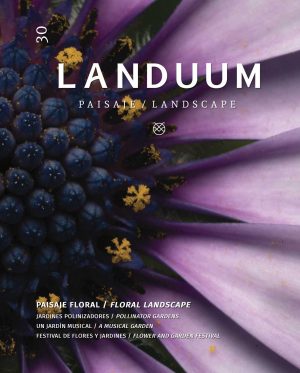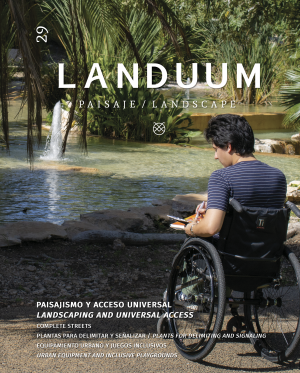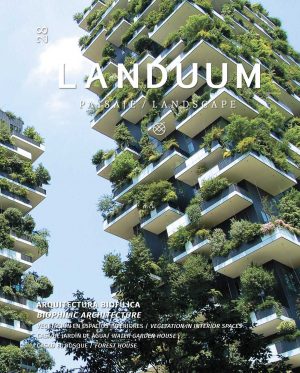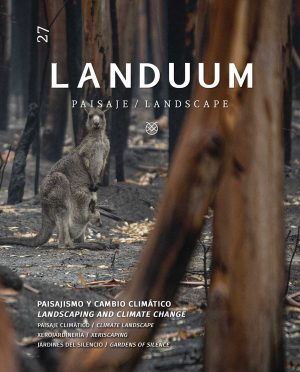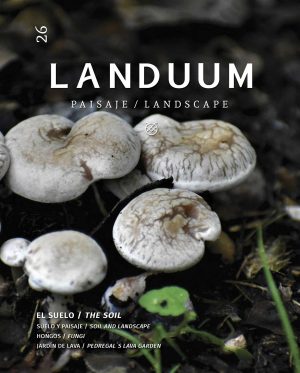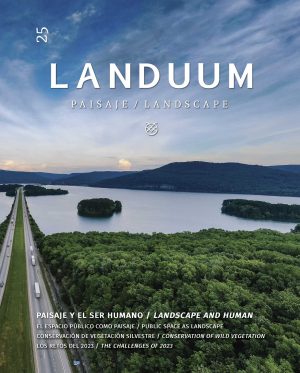Manuel Lara talks about the “Importance of superpredators” in ecosystems.
Read More- No products in the cart.
Manuel Lara
Manuel Lara talks about the “Importance of superpredators” in ecosystems.
Manuel Lara talks about the “Importance of superpredators” in ecosystems.
Read MoreLearn with Manuel Lara about Seed- dispersing mammals.
Learn with Manuel Lara about Seed- dispersing mammals.
Seed dispersal is the movement, spread or transport of seeds away from the parent plant to new sites for germination and the establishment of new individuals. Plants rely on dispersal vectors to transport their seeds, including both abiotic vectors (such as wind, rain or gravity), and living (biotic) vectors such as animals, which can disperse plant seeds in several ways (all of them named zoochory). For example, seeds can be transported on the outside of the animal (epizoochory), or on the inside, via ingestion and defecation of the seeds (endozoochory), and it is called synzoochory when animals intentionally transport their food (seeds) to store them for late consumption, like squirrels do, being mammals, one of the most studied groups of seed-dispersers. These adap- tive mechanisms allow plants, which have limited mobility, to coloniz new habitats.
“Plants rely on dispersal vectors to transport their seeds, including both abiotic vectors and living vectors.”


